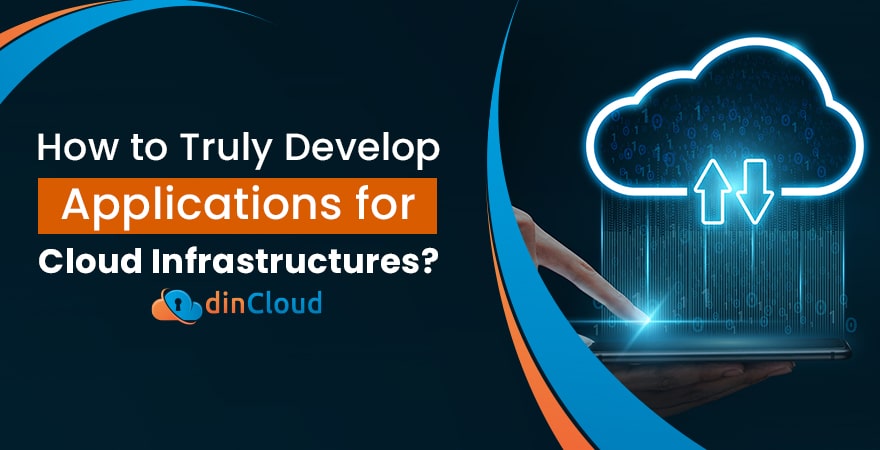The Covid-19 pandemic placed a host of restrictions on how companies used to operate traditionally. We saw an immediate move towards remote work, coupled with a sudden spike in demand for many products or services.

Most businesses out there were not adequately equipped to deal with this sudden demand spike. As a result, they not only lost potential customers and revenue streams, but also earned a bad name for their brand.
The soul of operations for various businesses, especially when most of their customer facing processes have been forced to go online or contactless, applications are handling most of the back-end stuff.
Failure of Traditional App Development Models
Traditionally, enterprise applications were designed and developed as a single, large chunk of code. This approach worked alright in the pre-pandemic times but has given rise to a host of problems in the present scenario.
When you design an application as a unified block, you are creating a lot of complexities down the line. The situation gets further complicated when such applications are retro fitted to cloud architectures.
Most of these applications, when “adapted” to the cloud, fall short of meeting customer expectations. Over the past eighteen months or so, the expectations of customers in terms of online or contactless service quality have risen astronomically.
Now, customers are expecting most, if not all, of their interface with a company’s products or services to be contactless. Although this sounds great from a safety standpoint, it is more than enough to give nightmares to the already stressed out IT teams.
Related: The Post-Pandemic Evolution of Cloud Data Centers
The Cloud Native Application Paradigm
One of the most common misperception about cloud native applications is that once they have been re-factored to work on cloud architectures, they get falsely branded as cloud native. In fact, they have just been adapted to work over the Cloud.
For all intents and purposes, they still remain large, disparate chunks of code that can break down at any time, especially under heightened customer or user demand. So, what is the correct approach to design applications that are truly cloud native?
Let’s highlight some key points to consider when designing truly cloud native applications.
- App development for cloud architectures should be containerized, where a large process is broken down into micro services.
- These micro services should be capable of functioning independently, and as part of a larger eco-system.
- Focus should shift on app development by merging DevOps, so that development and operations teams are jointly overseeing the entire process as it progresses.
- The micro services, once pieced together as a single fully functional application, should be governed by automated protocols to deal with real-time scaling out.
Related: Digitalization Ushers in a Revolution in Education and Healthcare
Now that we have covered the defining elements of how cloud native apps should be developed, lets highlight some advantages of truly cloud native apps.
- The micro services approach to app development is ideal for testing and de-bugging, as the process does not bring down the whole service.
- When problems or bugs do surface, which is an in-escapable reality, the process of identifying where the problem lies is much easier and time saving.
- Problems arising in any one micro service do not threaten the live status of the entire application or service.
- By splitting apps into smaller containers, developers can easily provision rapid scaling of only the services that experience heightened demand.
- Development of apps via a micro services approach results in coding resources that can be utilized in other application development “works in progress”.
- The scaling of each micro service can be automated, so that containers of only the in-demand micro services can be rapidly replicated, resulting in an efficient architecture.
Related: The Future of Cloud Computing and Edge Infrastructures
Conclusion
The role of Cloud Computing is increasing with every passing day. It is but natural that more and more applications will need to become truly cloud native to deliver a superior end user experience. Simply adapting server based traditional apps to the Cloud won’t work now.
Contact dinCloud for reliable and secure Cloud Solutions and Services for your enterprise or individual needs.


